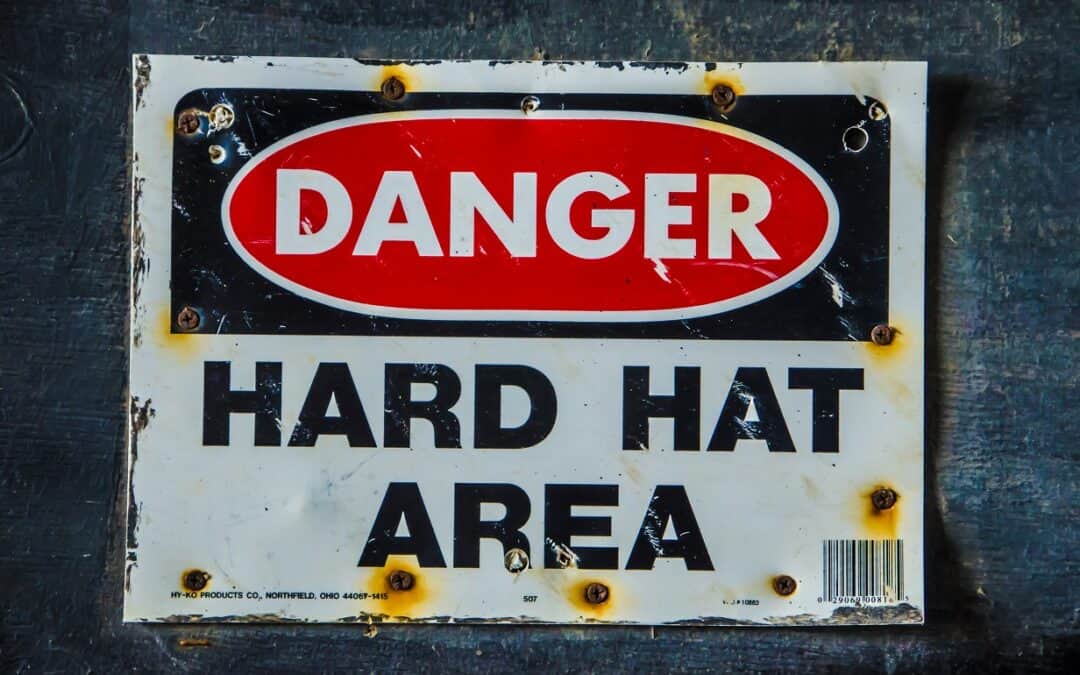The construction industry is inherently fraught with risks and potential hazards. Therefore, ensuring the safety of construction workers is paramount. One of the best ways to mitigate these risks is by wearing appropriate safety gear. Here are ten essential safety garments every construction worker should have in their wardrobe to protect themselves on the job.
1. Hard Hat
The hard hat is arguably the most identifiable piece of construction safety gear. It is designed to protect the head from falling objects, bumps, or electrical shocks. Most construction sites require all personnel to wear a hard hat at all times.
2. Safety Glasses
Safety glasses shield the eyes from flying debris, dust, and harmful chemical splashes. Depending on the specific task and risks involved, workers might need to opt for specialized glasses, such as welding goggles or anti-glare glasses.
3. Gloves
A quality pair of gloves provide protection from abrasions, cuts, chemical burns, and extreme temperatures. For instance, the best gloves for carpentry are typically cut-resistant and offer an excellent grip for handling tools and materials safely.
4. Steel-Toe Boots
Steel-toe boots are designed to safeguard the feet from crushing injuries. They typically feature non-slip soles to prevent slipping accidents, and some have puncture-resistant soles for extra protection.
5. High-Visibility Clothing
Working in low-visibility conditions like dusk, dawn, or adverse weather can be dangerous. High-visibility vests or jackets with reflective strips make workers more visible, reducing the risk of accidents.
6. Hearing Protection
Construction sites are often noisy, and prolonged exposure to high decibel levels can lead to hearing loss. Earplugs or earmuffs can protect workers’ hearing by reducing the level of noise reaching the eardrum.
7. Respirators
Airborne particles, toxic fumes, and dust on construction sites can be hazardous to workers’ health. A good respirator can filter these harmful substances, ensuring clean and safe air for breathing.
8. Coveralls
Coveralls protect the body from exposure to harmful chemicals, sparks, or sharp objects. They can also prevent clothes from getting caught in machinery. Depending on the specific job requirements, flame-resistant or chemical-resistant coveralls might be needed.
9. Safety Harness
For work at heights, a safety harness is critical. It can prevent falls and ensure the worker is secure, even if they lose their balance or footing. Along with the harness, workers should also use other fall protection equipment such as lifelines and anchor points.
10. Knee Pads
Knee pads may not be a necessity on all construction sites, but for jobs that involve a lot of kneeling, they can protect against injuries and long-term joint problems. These pads provide cushioning and support, reducing the strain on the knees.
To conclude, proper safety gear is not optional but a necessity on construction sites. It not only protects workers from immediate injuries but also helps prevent long-term health issues. Remember, your safety comes first, and no job is so urgent that there isn’t time to take proper safety precautions. Make sure you’re well-equipped with these essential safety garments before stepping onto a construction site.

Recent Comments